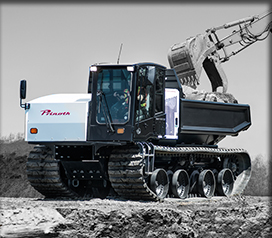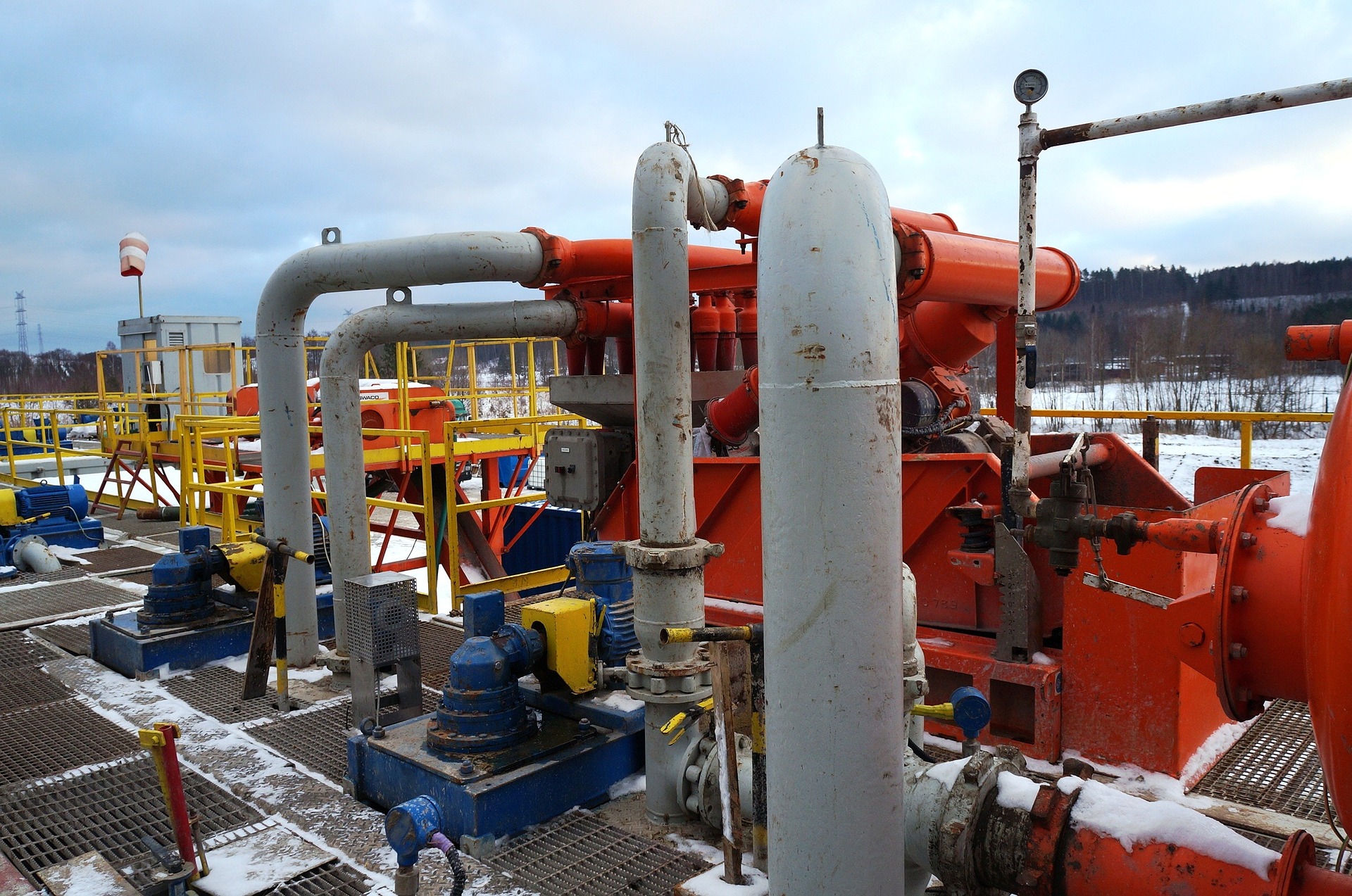Superior Rentals Contact: best ways to connect
Wiki Article
A Comprehensive Overview to the Numerous Sorts Of Oil Field Equipment and Pipeline Equipment Available
The oil and gas sector depends greatly on specialized devices for reliable extraction and transportation. Numerous sorts of equipment, from drilling rigs to tank, play essential duties in this complicated procedure. Each tool serves distinctive features that add to overall functional success. Understanding these elements is crucial for anyone associated with the sector. As the industry develops, so too do the technologies that sustain it. What improvements are on the horizon?
Drilling Rigs: The Foundation of Oil Exploration
Drilling rigs offer as the essential machinery in the domain of oil expedition, enabling companies to access hydrocarbon gets hidden deep below the Planet's surface. These rigs are available in various kinds, including land rigs, offshore rigs, and mobile units, each made to operate in certain settings. Equipped with innovative modern technology, drilling rigs can penetrate geological developments with accuracy, ensuring efficient source extraction. The architectural integrity and operational abilities of these rigs are critical, as they need to withstand extreme conditions and substantial pressures. The option of a drilling gear impacts the overall task price and timeline, making it an essential factor to consider for oil business seeking to optimize their expedition efforts and make best use of efficiency in their procedures.Pumps: Important for Liquid Movement
In the oil extraction procedure, the duty of pumps is substantial, facilitating the activity of fluids throughout various stages of manufacturing. Pumps are essential for carrying petroleum, water, and other liquids from underground reservoirs to the surface area and after that via pipes to refineries. They can be found in numerous kinds, consisting of centrifugal, positive variation, and completely submersible pumps, each serving particular purposes based upon the liquid attributes and operational requirements. Centrifugal pumps are commonly used for their performance in high-flow applications, while favorable displacement pumps stand out in dealing with viscous liquids. The selection of pump effects overall performance, functional safety, and maintenance expenses. Correct option and maintenance of pumps are important for optimizing production and decreasing downtime in oil field operations.Valves: Managing Flow and Pressure

Valves play a vital function in managing the flow and pressure of fluids within oil areas and pipes. Various kinds of valves offer distinct applications, each created to fulfill particular features basic for efficient operation - Superior Rentals near me. Recognizing the characteristics and uses these valves is necessary for maximizing system efficiency and safety and security
Sorts of Valves
Important elements in oil field operations, valves play a vital duty in regulating the circulation and stress of fluids within pipelines and equipment. Various kinds of valves are utilized to meet the diverse needs of oil and gas production. Common types include entrance valves, which offer a straight-line circulation and very little stress decrease; world valves, understood for their throttling capacities; and round shutoffs, identified for their quick on/off control. In addition, check valves protect against backflow, while butterfly valves supply a lightweight remedy for controling flow. Each shutoff kind is designed with details materials and setups to stand up to the rough problems often discovered in oil fields, guaranteeing integrity and effectiveness in operations. Understanding these kinds is essential for efficient system management.Valve Applications and Functions
While various kinds of valves serve distinct objectives, their main applications focus on managing flow and stress within oil and gas systems. Valves such as gate, world, and ball shutoffs regulate liquid movement, ensuring peak efficiency and safety. Gateway shutoffs are typically made use of for on/off control, offering minimal circulation resistance. World valves, on the other hand, offer exact flow guideline, making them suitable for strangling applications. Ball shutoffs are favored for their fast operation and limited sealing capacities. Additionally, pressure relief valves are important for avoiding system overpressure, guarding devices honesty. Overall, the proper option and application of valves improve functional efficiency, guaranteeing the reliable transportation of oil and gas via pipes and processing centers.Compressors: Enhancing Gas Transport
Compressors play an essential role in the efficient transport of gas, guaranteeing that it relocates smoothly with pipes over long distances. These gadgets enhance the stress of gas, permitting it to overcome rubbing and elevation modifications within the pipeline system. Furthermore, compressors facilitate the balancing of supply and need, accommodating changes in usage and production prices. Different types of compressors are employed in the sector, consisting of centrifugal, reciprocating, and rotary screw compressors, each offering distinct advantages based on the operational demands. Routine upkeep of these compressors is vital to maximize efficiency and reduce downtime, ultimately contributing to a reputable gas transportation more info network. Their important function highlights the value of compressors in the total oil and gas facilities.Storage Tanks: Safe and Effective Fluid Management
Effective transportation of gas depends on different support group, one of which is the correct management of tank. These storage tanks play a necessary role in safely including liquids, making sure that functional performance is kept while minimizing environmental risks. Created from sturdy materials, they are designed to hold up against high stress and corrosive components. Appropriately sized and strategically situated, storage tanks assist in the smooth flow of gas and other liquids, stopping bottlenecks in supply chains. Normal maintenance and surveillance are critical to find leaks or architectural problems, advertising security and compliance with regulative requirements. Ultimately, the efficient administration of storage space tanks is crucial for the overall integrity and integrity of the oil and gas sector's liquid handling systems.
Pipeline Solutions: Infrastructure for Transportation
Pipeline systems work as the backbone of the oil and gas sector, promoting the reliable transportation of hydrocarbons over huge distances. These systems contain numerous components, consisting of pipelines, valves, pumps, and compressors, all thoroughly made to ensure smooth circulation. The materials made use of in pipeline building, usually steel or high-density polyethylene, are selected for longevity and resistance to rust. Pipeline networks can span across land and water, linking production websites to refineries and distribution. Additionally, progressed technology allows real-time monitoring of circulation prices and pressure degrees, enhancing functional efficiency. The calculated positioning of these pipes minimizes environmental effect while making the most of source access, therefore playing a vital role in meeting power demands globally.Safety Equipment: Making Certain Worker and Environmental Security
The operation of pipeline systems, while crucial for power transportation, likewise provides considerable safety challenges for workers and the environment. Safety and security tools plays a substantial function in alleviating these threats. Individual safety devices (PPE) such as helmets, handwear covers, and non-slip shoes safeguards workers from physical risks. Additionally, gas detection systems keep an eye on for leakages, ensuring that dangerous materials do not position a hazard to personnel or the bordering ecological community. Emergency shutdown systems are important for quickly stopping operations during a situation, stopping potential calamities. Spill containment materials, consisting of absorbents and barriers, are fundamental for lessening environmental effect. Generally, purchasing all-encompassing safety and security devices is important for keeping operational honesty and shielding both employees and the environment in the oil and gas field.
Frequently Asked Inquiries
How Do I Select the Right Oil Field Equipment for My Task?
Picking the appropriate oil area tools includes examining job specs, budget plan restrictions, and operational requirements. Take into consideration variables such as tools integrity, compatibility with existing systems, and the provider's credibility to ensure peak performance and safety.What Are the Upkeep Demands for Oil Field Equipment?
Maintenance requirements for oil area tools consist of regular evaluations, lubrication, and prompt fixings. Operators should likewise follow supplier guidelines, monitor performance metrics, and warranty compliance with safety policies to improve durability and performance.
How Can I Guarantee Compliance With Environmental Laws?
To assure conformity with ecological policies, business have to perform regular audits, execute finest methods, purchase training, preserve appropriate documents, and remain upgraded on regulation (Superior rentals squeeze tools). Cooperation with ecological firms can additionally improve adherence to guidelinesWhat Is the Typical Life Expectancy of Pipeline Equipment?
The typical lifespan of pipeline equipment generally ranges from 20 to 50 years, depending on variables such as worldly top quality, ecological conditions, and maintenance techniques. Normal assessments can substantially influence durability and operational performance.Exactly how Do I Securely Deliver Oil Field Equipment to Remote Locations?
Delivering oil field equipment to remote areas needs careful preparation, consisting of route evaluation, safeguarding permits, using proper lorries, and ensuring security methods are followed. Correct training and interaction among crews are essential for effective transportation.Report this wiki page